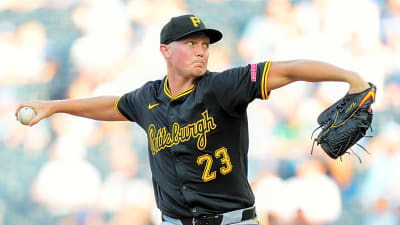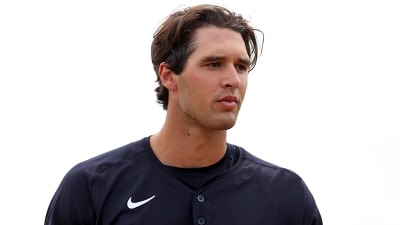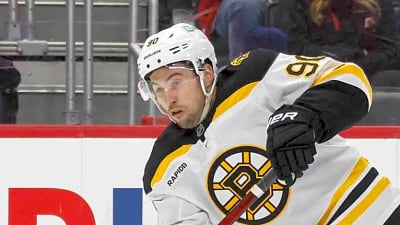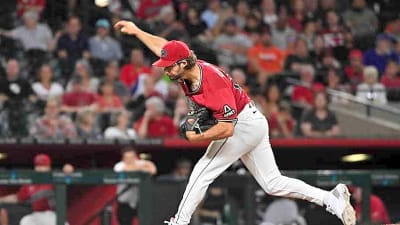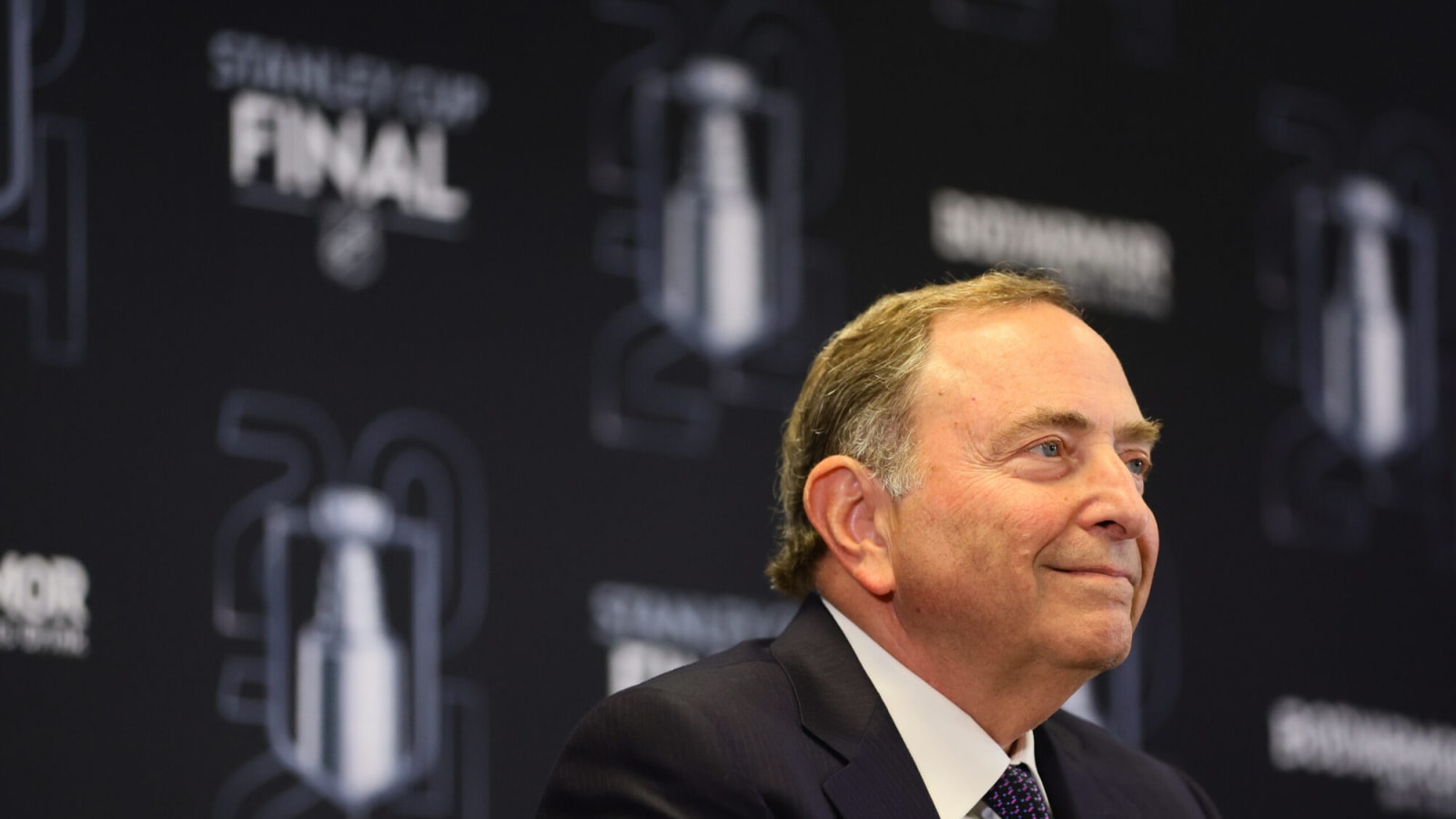
The NHL will host their first (and probably last) remote draft on Friday night. While the rumours have been swirling about this potentially being the most active draft on the trade front that we’ve seen in the last few seasons.
But six hours before the draft officially kicked off and all the chaos started, the NHL held a press conference to announce a new collective bargaining agreement (CBA) between the NHL and NHLPA. The two sides confirmed that it would be a four-year deal, set to begin on September 16, 2026.
However, the two sides would not confirm any specifics about some of the new rule changes. Daily Faceoff’s Frank Seravalli recently shared what some of those rule changes could be, according to league sources.
Here are nine of those rule changes:
New length regular season
The NHL will expand from an 82-game season to an 84-game season, beginning in the 2026-2027 season. Expanding the regular season would result in shortening the preseason from seven games to four games. Additionally, NHL players who have played 100 or more NHL games are limited to a maximum of two preseason games. While not confirmed, the two additional games would be against division rivals, giving each team an extra home game.
Player contracts
Player contracts will be shortened for both free agents and for extending your own guys. Previously, teams could re-sign their players for eight years, while free agents were limited to signing with new teams for seven years. Now, each has been decreased by a year, with re-signing players able to sign for a maximum of seven years and free agents signing with new teams for six years.
In an anonymous player poll on Daily Faceoff, the players described this as a move that will keep the league more competitive and sooner, with short-term deals, including the feeling that they will have more control.
Playoff salary cap
The league will introduce a playoff salary cap that will essentially eliminate the LTIR loophole that teams have exploited heading into the postseason. There wasn’t much detail on this rule, but it is believed that teams are expected to be salary cap compliant, even in the playoffs. This won’t stop teams from going out and acquiring players at the trade deadline, but they will need to ice a salary-cap-compliant roster.
Players draft rights
With the new rules regarding CHL players being able to go play in the NCAA, the NHL had to respond. Now, when a player is drafted, teams hold their players’ rights for four seasons (or until the player is 22 years old), regardless of the league from which they are drafted. Teams previously held drafted players’ rights for two years if drafted out of a North American club, and four years outside of North America.
Deferred salary
The league nipped this one in the bud very quickly. We saw a handful of examples of deferred salary contracts, first made by the Anaheim Ducks and Frank Vatrano. The deal was announced for three years, with a total value of $18 million, with an AAV of $6 million. However, on the books, he is listed at $4.57 million. But why? Well, Vatrano elected to defer $9 million of his contract, receiving $900,000 over the 10 years starting in 2035.
This was a smart move by the Ducks winger because money will be worth more years down the road, but can be seen as an unfair advantage to other teams around the league, having Vatrano come in cheaper on the books than what his contract actually is.
Signing bonuses
Signing bonuses will now be capped at 60% of the contract. Previously, teams could offer contracts paid mostly in signing bonuses, with the league minimum serving as the base salary. Now, teams can pay a maximum of 60% of the average annual value in signing bonuses. There is a way to earn more signing bonus, but it is subject to a buyout calculation.
Full-time EBUGs
No more Zamboni driver or beer league hero sitting in the stands to come save the day, as the NHL will be establishing full-time emergency backup goalies.
No more dress code
Players will no longer be required to adhere to a specific dress code for games. Instead of the suit and tie look, players can now express their fashion by dressing however they want to the rink.
What do you think, Canucks fans? What do you think of these potential new rule changes in the next CBA?
More must-reads:
- Stars trade veteran defenseman, second-round pick to Penguins
- 'J Love' to a tackle-breaking horse lover: Five elite college RBs to watch in 2025
- The 'First-overall NHL Draft picks' quiz
Breaking News
Trending News
Customize Your Newsletter
 +
+
Get the latest news and rumors, customized to your favorite sports and teams. Emailed daily. Always free!

